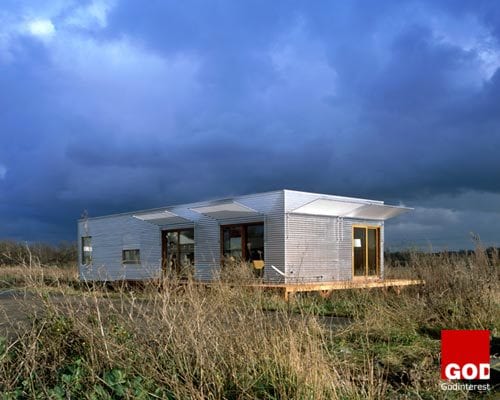Project Journal had the privilege of interviewing AXELOS previous CEO Peter Hepworth. Peter provided us with an insight into his role and AXELOS as a whole in October 2015.
AXELOS CEO Peter Hepworth
Peter joined AEXLOS as CEO in July 2013 and was previously Managing Director for Activision Blizzard a $400 million turnover and $150million EBIT business. In 2014, Activision Blizzard was the fifth largest gaming company in the world by revenue.
Peter is an economics graduate, chartered accountant, with an M.B.A. from Cranfield and A.M.P. from INSEAD.
What is AXELOS?
AXELOS is a joint venture set up in 2014 by the Government of the United Kingdom and Capita, to develop, manage and operate qualifications in best practice, in methodologies formerly owned by the Office of Government Commerce (OGC).
AXELOS promotes best practice frameworks such as PRINCE2 and ITIL and is developing a cyber resilience best practice portfolio later in 2015.
How does AXELOS differ from APM?
AXELOS is an independent organisation, allowing the user community to focus more on the content of frameworks and guidance without much interference. The firm puts a heavy focus on the guidance given, ensuring the content is fuelled by good ideas to keep the ITIL structure up to date. But while the business has a combination of access to one of Britain’s largest corporations and the UK government, more than 75% of publication sales and Prince2 certification is sold outside of the UK, a trend that is growing faster due to emerging markets.
The company varies its training approach. Its Portfolio, Programme, and Project Management Maturity Model (P3M3), for example, encourages users to assess their performance against benchmarks. Mike Acaster, PPM portfolio manager, says: “PRINCE2 is applicable to many sizes of organisation, but sometimes it’s better to be a bit more specific. It’s about tailoring advice for that context. In some cases it has been tailored, and people don’t realise it’s PRINCE2 – you have to scratch the surface.
How do you view the future of project management?
After years of being associated with large engineering and construction projects, project management has moved beyond infrastructure. Firms across different countries and sectors now acknowledge the need to manage their processes and keep costs and timing under control. As businesses begin to recognise the importance of project management worldwide, questions are being asked about the standards required. AXELOS is focusing on how these can apply to different staff and situations, as well as how workers can develop a career path in project management.
Is AXELOS popular aboard?
“It’s hard to measure the adoption of our products, but if you look at the number of exams taken, you can see strong growth outside the UK, as well as in the UK,” he says. “In the US there’s a lot of interest, and the biggest international user of PRINCE2 is the UN, to make sure their aid development is correctly managed.
“Our Managing Successful Programmes (MSP) product was used to deliver the Olympic Games. I was in Tokyo after they had won the right to host Tokyo 2020 and the focus was ‘When can we have MSP?’ They want to see the same success as London has had.”
What are the future priorities for AXELOS?
“Career path. For the individual, it’s about how your career can develop. There’s a different skill set between project and portfolio management, and no linear route. It comes to modularisation. We have been able to offer different dimensions.
Cyber Resilience is next. Companies need to put more emphasis on improving their reactions to cyber attacks rather than continuing to focus on prevent. Although there are a number of standards and best practices in place to prevent cyber attacks, firms are still falling foul, and this is usually due to the internal attitude and people, rather than technology.
New products launched in 2015 include PRINCE2 Agile; Cyber Resilience Best Practice and Continuing Professional Development (CPD).
What’s next?
Young people are learning things online and changing how it is done. We want our members to feel proud about having AXELOS qualifications and have launched digital badges so that project professionals can display their mark of professionalism across popular social networks.
Digital badges are tokens that appear as icons and are awarded to signify learning achievements in a way that can be easily verified and shared online. Our members digital badge’s will hold and display information about their professional development activity as well as the issue date and an expiry date.
Individual workers, organisations and entire industries can benefit from badges. Badges are a new form of currency – a more transparent and efficient way to communicate the acquisition and development of workplace skills.
From AXELOS to Microsoft, IBM to Oracle, many leading companies have adopted digital badges as a form of recognition for continuing professional development and certifications. The individuals who earn these badges enthusiastically share them to LinkedIn, Twitter, Facebook and other online destinations. Once shared, anyone can verify the authenticity of and learn more about the individual’s abilities. That shareability and verification can make all the difference in a competitive job market, whether an individual aspires to move ahead in her current position or move into a different job.
We also want continued openness from AXELOS, even more community collaboration and specific actions to further increase the relevance of AXELOS in the future.
Where do you believe project management is heading?
Anyone can benefit from project management guidance. “We are all project managers now,” he says.

























